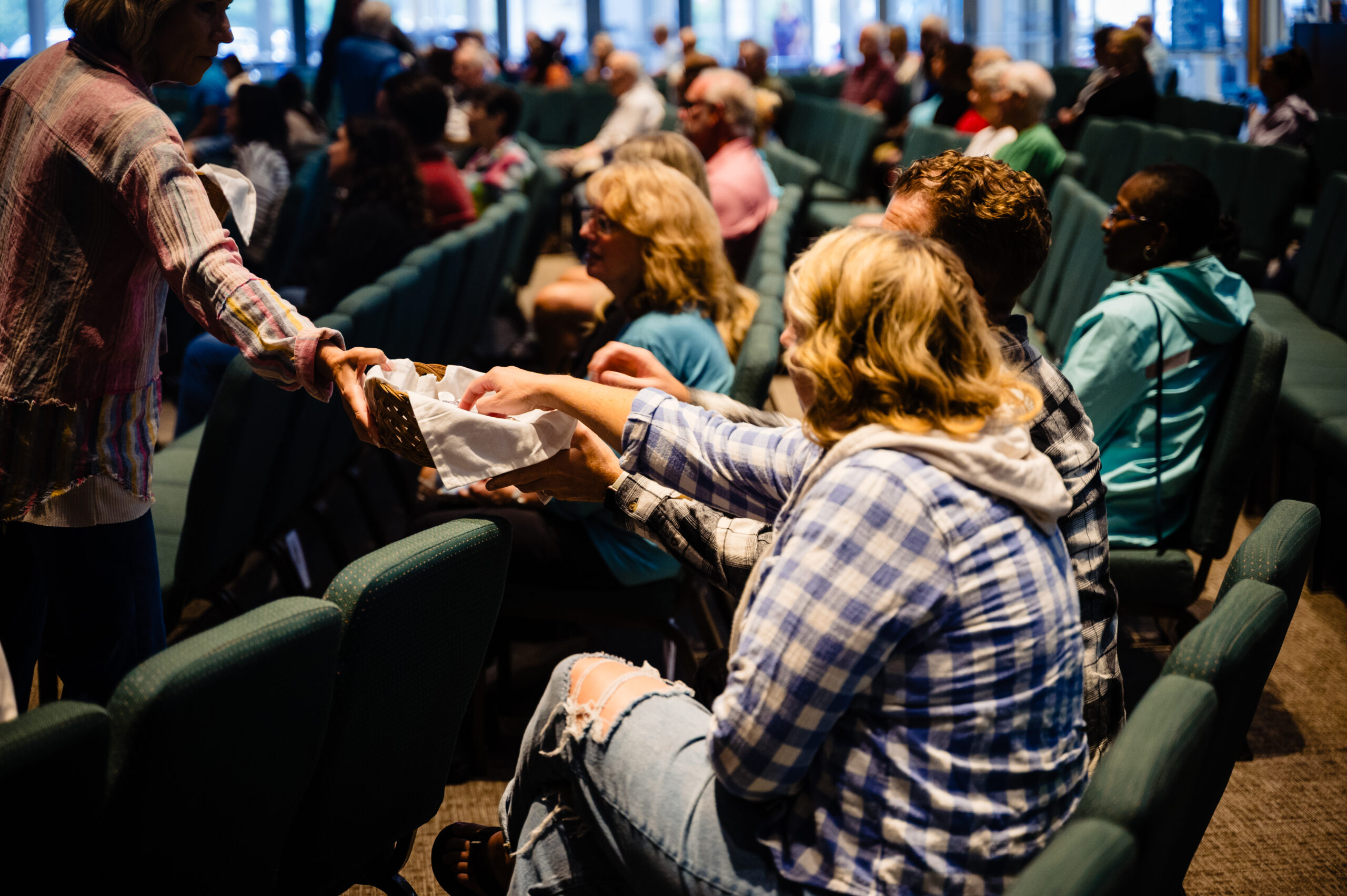
This is the third article in a three-part series on the “Quiet Revival.” Here is where you can find Part 1 and Part 2.
Learnings and practices for congregations: how congregations can recognize and participate in the movement God is stirring
From Evidence to Participation
Local stories and global evidence are compelling. From England’s documented church attendance increases to Tanzania’s exponential United Methodist growth, from Korea’s systematic young adult mobilization to early signs of stabilization in American religious commitment, God appears to be stirring something significant among young people worldwide.
But knowing about revival and participating in revival are entirely different things. The question facing congregations isn’t whether God is working among young adults— we know that God is always present and moving in the world. The question is how churches are preparing and engaging new generations at this time.
What Your Congregation Already Offers
Before exploring new approaches, it’s crucial to recognize that many congregations already possess what young people desperately seek. Young people today are growing up in a world of manufactured personas and digital manipulation. They’re drawn to places where they can be genuinely known rather than strategically networked, where their struggles matter to real people, and where their contributions make visible differences.
Your congregation may already offer something increasingly rare: the possibility of being fully known and genuinely cared for. Unlike previous generations that might have been impressed by polished programming, today’s young people can identify authentic community immediately —authenticity and belonging is what draws them.
Learning from Global Examples
Congregations successfully engaging young people worldwide share key characteristics: they start with service rather than membership requirements, welcome questions as part of faith development, integrate young people across generations instead of age-segregated programming, and focus on authentic worship over manufactured relevance.
Practical Steps for Participation
Begin with Believing Prayer: Every revival movement starts with expectant prayer for God to stir hearts. Establish regular prayer times specifically asking how your congregation can participate in what God is already doing in your community and among young people.
Position for Recognition: Ensure your building communicates welcome through open doors and clear signage. Make your online presence authentically represent your community’s heart, not just service times. Train members to engage newcomers naturally without overwhelming pressure.
Embrace Authenticity: Don’t attempt to become trendy to attract young people. Your congregation’s genuine care, real faith expressions, and honest struggles are assets. Consider what makes your community unique—how you care for members, serve your area, and the transformation stories that have happened among you.
Create Natural Connections: With 31% of non-churchgoers willing to attend church if invited by friends, equip your congregation for authentic invitation through community engagement, bridge activities like service projects or community meals, and follow-up that builds relationships rather than seeking immediate commitment.
Listen and Learn: Prioritize listening over talking when young people engage. Create space for people to share their stories and questions without pressure, welcome honest exploration, and recognize what young people can teach your congregation about faith and community.
Connect Faith and Action: Since 69.2% of non-churchgoing Gen Z members seek opportunities to help others, identify community needs where you can make meaningful difference. Frame service as spiritual formation and engage thoughtfully with issues they care about—mental health, justice, environmental stewardship.
Create Leadership Opportunities: Young people need meaningful roles where their voices matter and their contributions shape the church. Place them on planning teams and committees, invite them to lead programs and create opportunities for them to use their gifts in worship, teaching, and ministry. The church needs young people to be in leadership today.
Plan with Expectation: Align expectations with God’s promises rather than managing decline. Plan worship expecting newcomers, develop emerging leaders before you need them, and consider how your ministries could expand or partner with others.
What to Avoid and How to Measure Success
Common Misunderstandings: Avoid over-programming, assuming young people want contemporary styles, pressuring quick decisions, or creating age-segregated ministries that communicate they don’t truly belong.
Better Metrics: Look for relationship quality, spiritual engagement through questions and exploration, community investment in your mission, authentic integration into church life, and multiplication as people invite friends and family.
The Long View of Faithfulness
Participating in revival requires patience and persistence. The global evidence suggests we may be witnessing early stages of significant generational movement toward spiritual engagement, but God’s work unfolds over years and decades, not weeks and months.
Your congregation’s role may be planting seeds that others will harvest, building relationships that bear fruit in unexpected ways, or creating space where God works in young peoples’ lives over time. The goal isn’t immediate dramatic growth but faithful positioning to participate in what God wants to do.
A Time of Unprecedented Possibility
What if the very characteristics that make your church seem small or limited in a world obsessed with size and resources actually position you perfectly for what God is doing right now? What if your authenticity, your genuine care for one another, and your deep community connections are exactly what young people are seeking?
The movement isn’t happening because of sophisticated programming or marketing strategies—it’s growing through changed lives, authentic relationships, and young people who discover that local congregations offer what their souls have been seeking: belonging, purpose, genuine community, and a God who can do immeasurably more than we ask or imagine.
Your congregation’s size, resources, or recent history don’t limit what God can do. They may be exactly the assets God wants to use in reaching a generation hungry for authentic faith community.
And if I can help, I would love to! As the Director of Young People’s Ministry for EPA&GNJ, I love connecting with congregations to listen and explore God’s call for them in this time. I can be contacted at edrew@epagnj.org.
